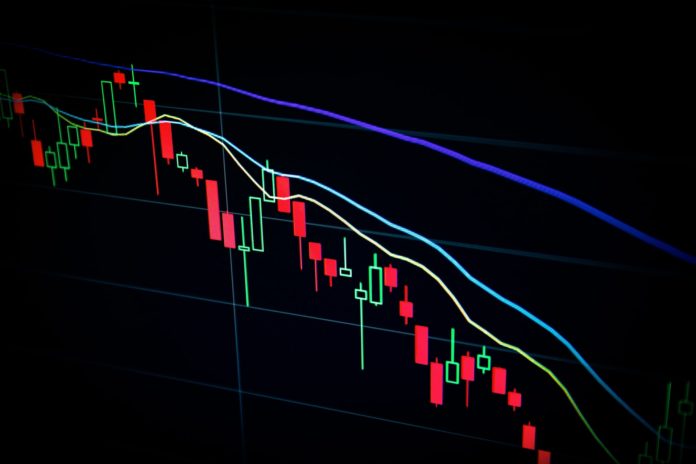Mutual funds and Exchange Traded Funds (ETFs) are investment vehicles that can serve different purposes.
They can use them to save for retirement, pay for a child’s college education, or even supplement a person’s current income.
While they both have advantages and disadvantages, choosing the correct one depends on the goals you hope to achieve.
Exchange-Traded Funds (ETFs)
An ETF can be defined as a marketable security that tracks an index, commodity, bond, or a basket of assets like an index fund.
Unlike mutual funds, which issue new shares continuously or repurchase them from the shareholder (” redeem ” them), ETFs are not continuously offered by issuing new shares all the time.
ETF shareholders may choose to create or redeem units in kind via ” creation units “.By contrast, a ” mutual fund” is an investment vehicle where people can invest their money to buy and sell securities such as stocks and bonds.
Mutual funds are generally not traded through exchanges like stocks and bonds; instead, they are bought and sold at current net asset value (NAV).
Because of this requirement, many investors purchase shares directly from the fund itself or through a broker. Investors making small regular investments may buy no-load (commission-free) mutual funds through brokerage accounts.
In well-developed markets with low transaction costs, there would be few if any differences between owning a mutual fund or owning the underlying portfolio directly.
The main advantages of ETFs over mutual funds are lower expense ratios, tax efficiency, intraday trade-ability, and immutability.
The main drawbacks are that ETFs have to wait until the end of the trading day to be priced, whereas mutual funds can be marked-to-market every day by the fund manager.
ETFs are often favoured by passive investors who aim to track an index because they don’t incur transaction costs when rebalancing their portfolio back to its target allocation. Other actively managed funds might have to pay brokerage fees or higher expense ratios than other ETFs if their portfolios aren’t well balanced.
However, contrary to popular belief, ETFs do not guarantee against loss, nor do they provide superior liquidity compared with mutual funds.
Mutual Fund
A Mutual Fund is a company that pools money from many investors to purchase securities such as stocks, bonds, money market instruments and similar assets.
Mutual funds are typically regulated under the Investment Company Act of 1940.
The term “mutual fund” is also used in the U.S. to refer to a pooled investment vehicle that may not be an investment company but is commonly structured that way.
Two main types of mutual funds
There are two main types of mutual funds: open-end funds and closed-end funds. Open-end funds allow new money to flow into the fund continuously via investments or distributions made by the investment companies.
In contrast, closed-end funds only issue a fixed number of shares at one time during an initial public offering (IPO).
Investors’ cash is usually ” flowed through ” to the fund when buying or selling when redeeming their shares.
In both cases, intraday trading of mutual funds is not possible (except for certain funds traded like stocks).
Mutual Funds can be directly purchased from a mutual fund company (known as ” direct purchase”), through an advisor (” Advisor-sold”), or more commonly, through brokerages (“brokered”).
If purchased directly from the fund family without an intermediary, this may be considered the “no-load” method of purchasing mutual funds.
The no-load classification refers to making investment decisions based on what’s best for your portfolio, whether you pay “load” fees or receive discounts for investing large sums of money at once.
Two main types of ETFs
Index funds and actively managed funds. Like mutual funds, ETFs generally track an index and hold a basket of stocks or bonds in the same proportion as the index they aim to track.
Unlike mutual funds, where investors buy and sell shares at current prices, investors can buy and sell ETF shares on a secondary market from other investors, which happen continuously throughout the day like any stock.
In contrast to open-ended funds that issue new units of shares continuously or issue redemption orders based on demand from authorised participants (APS), one single AP makes a market in ETF units by making bids and offers for the underlying securities.















